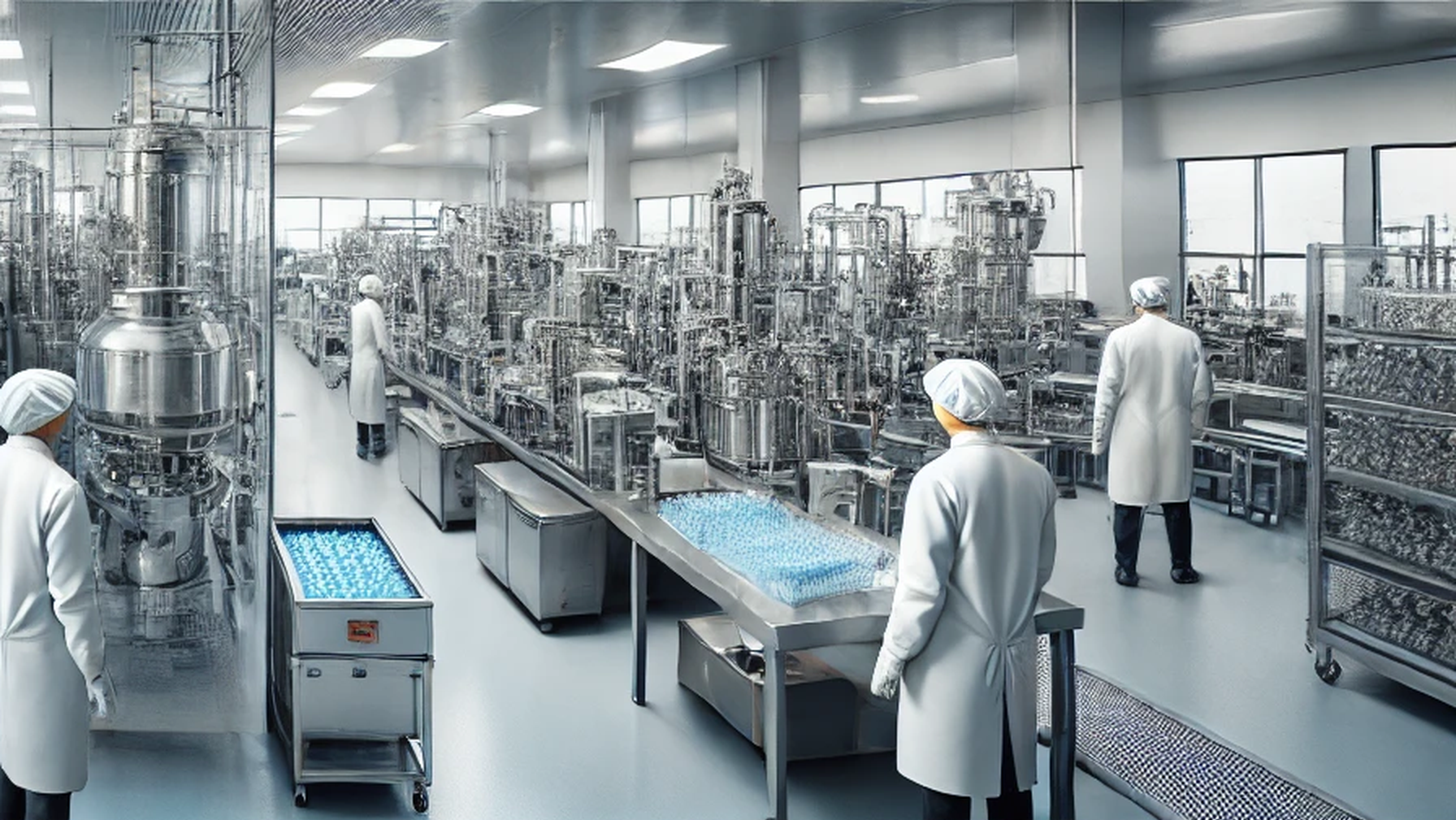Eli Lilly & Co. and Novo Nordisk A/S have reached a sweeping agreement with the Trump administration to cut the prices of their blockbuster obesity drugs in exchange for tariff relief and expanded Medicare access — a move poised to reshape both the weight-loss market and broader healthcare policy in the U.S.
Under the deal, the two pharmaceutical giants will lower prices on their popular medications, Zepbound and Wegovy, bringing the monthly cost for eligible Medicare and Medicaid patients with obesity and related conditions down to roughly $245, with co-pays for Medicare users capped near $50. Both companies will also offer discounted direct-purchase programs: Eli Lilly will sell Zepbound’s lowest dose for about $299 a month via its LillyDirect platform, while Novo Nordisk’s Wegovy will be available at $499 through NovoCare. That’s less than half their current U.S. list prices, which exceed $1,000 per month.
In return, the companies receive a three-year exemption from new import tariffs on pharmaceutical products and fast-track regulatory reviews for upcoming weight-loss pills, which could reach the market next year at introductory prices near $149 per month. Both Lilly and Novo have pledged to manufacture these new products in the U.S., aligning with the administration’s push to onshore critical drug production.
The timing of the announcement, coming just days after midterm election losses for the Republican Party, underscores the political weight behind lowering healthcare costs. The White House framed the move as part of a broader effort to ease cost-of-living pressures, a theme that has dominated recent public sentiment.
For the pharmaceutical industry, the agreement signals a new era of negotiation — one in which pricing concessions may secure favorable trade treatment and regulatory acceleration. Rival firms including Pfizer, AstraZeneca, and Germany’s Merck KGaA have reportedly pursued similar arrangements to avoid heavier restrictions or penalties.
The deal also reflects growing momentum toward allowing Medicare coverage for anti-obesity drugs — something long prohibited under federal law. Beginning next year, patients with qualifying health conditions such as prediabetes or heart failure will gain access to these treatments under government plans, marking a significant policy shift that could expand the addressable market for weight-loss medications to millions of new patients.
From an investment standpoint, the move could reverberate across healthcare and biotech stocks. Large-cap players like Lilly and Novo may face slimmer margins on price-controlled drugs but stand to gain from much higher volume and broader insurance access. Small-cap biotech firms developing next-generation metabolic or appetite-control treatments could benefit from renewed investor attention and potential partnership opportunities as major pharmaceutical companies look to diversify pipelines and defend market share.
While the announcement temporarily weighed on Lilly’s shares and lifted Novo’s, analysts expect the broader obesity-drug market to continue expanding rapidly — particularly if upcoming oral treatments deliver similar efficacy at lower costs. For investors, the balance between pricing pressure and explosive demand could define one of the most lucrative — and politically charged — healthcare themes heading into 2026.





